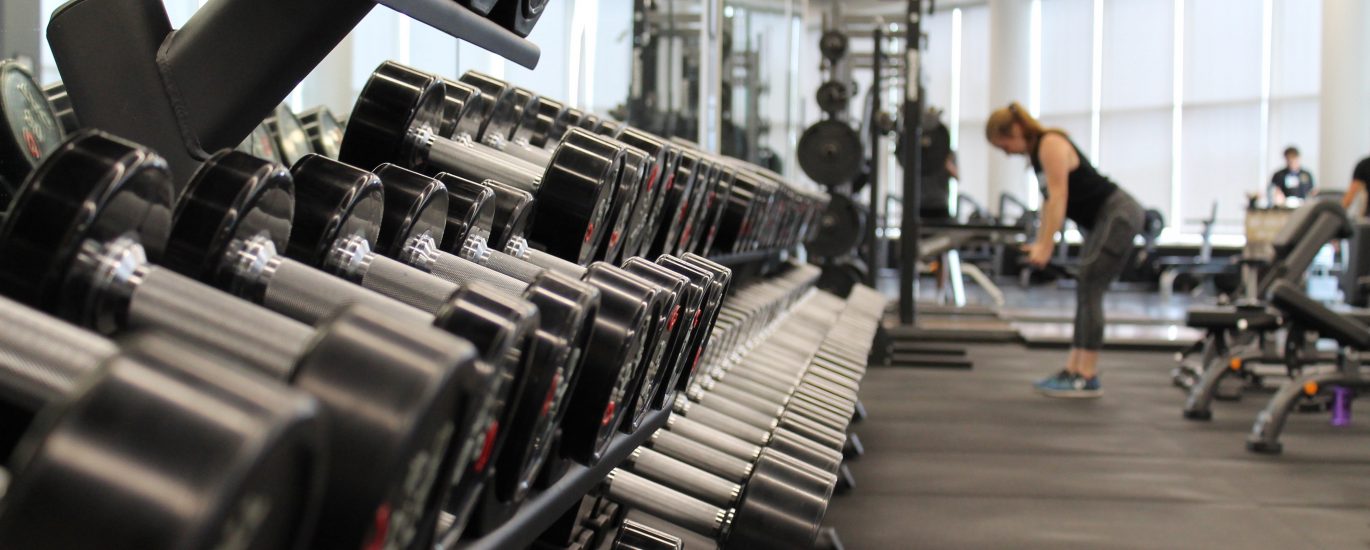Calorie Shifting is a simple nutritional strategy that together with sports planning can help us in the Body Recomposition process
What is Calorie Shifting ?
The Calorie Shifting is a caloric “zig-zag” , or a diet in which periods of high-calorie days alternate with low calorie days . “Play” with calories, depending on the intensity of your workout for each day.
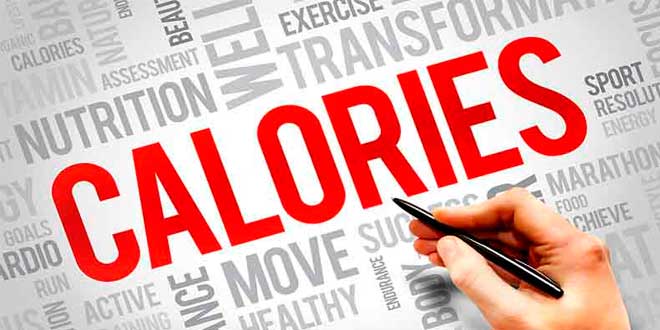
With calorie shifting (or better, carbohydrates according to my approach ), we try to avoid the adaptation of linear diets
Why follow Calorie-Shifting?
Basically, the goal is to improve fat loss , greater adherence to diet , with less hunger, adapting to caloric needs based on demand and reduction of negative hormonal and metabolic adaptations of a diet to lose normal weight.

Who can follow the Calorie-Shifting?
With the following approach, my recommendation is for those people who start at a percentage not very high fat, around 15% , and that also do not affect their daily activity. In this sense, to maintain glide, the tasks in daily life should not be too severe (physical work …). Otherwise, I think it would be better to opt for another approach.
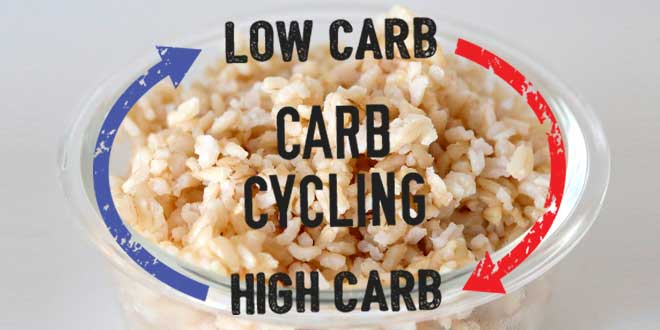
This calorie shifting is closely linked to the proposed training approach; if you have another athletic goal, better find another method …
The duration of the planning would not extend it beyond 6 weeks
Consequences of maintaining a Diet Linear
Stasis
The main problem of linear diets and prolonged deficits are related to our system. The human body is able to adapt to a calorie deficit . If you get good results at first, sticking to the same approach over time will make these goals more and more difficult.
Hormone Level
The drop in levels of some hormones are also common in this type of calorie restriction. In particular, leptin is one of those, in fact it governs very important aspects such as hunger.

Similarly, if our body fat index is already low , the problem becomes a little more pronounced. For these cases I recommend to apply the protocol to lower fat by 10%
Follow Calorie Shifting to Gain Muscle Mass and Lose Fat?
Regardless of whether our goal is Gain Muscle Mass or Lose Fat, the energy balance matters. With this, simplifying the matter, if you want to reduce your weight, eat fewer calories than you spend, and if you want to increase it, increase your calorie intake. While it sounds simple enough, there are actually other factors involved: macronutrient distribution, hormonal environment, training…
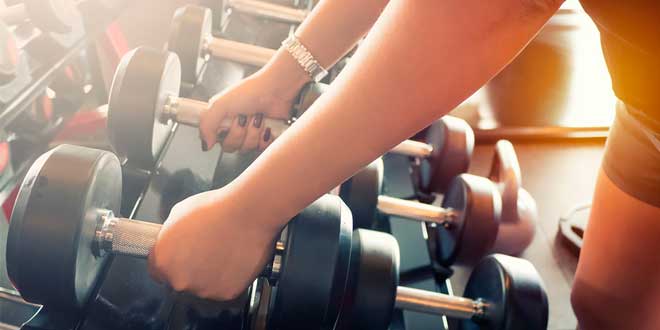
In this case, the planning will be aimed at losing fat and maintaining muscle mass
How to Calorie Shifting ?
In terms of calories and macronutrient breakdown, we will consider keeping the same Protein and Fat values every day, as the Carbohydrates will rotate , depending on type of day, and once the weekly calorie count has been calculated. On this we will apply the deficit.
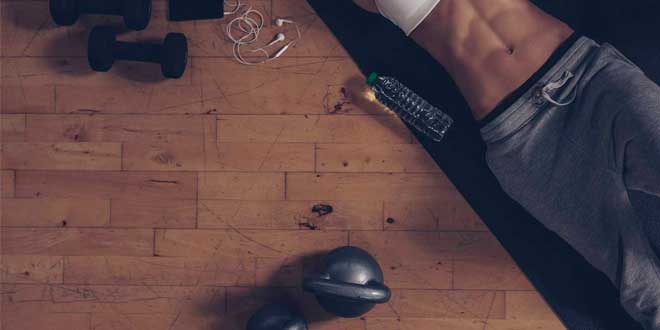
Types of Training Days
- 3 days High (‘H’) … Weight Training
- 2 Average Days (‘M’) … Training Cardiovascular
- 2 days Netherlands ( ‘L’) … Rest Active
Intermittent Fasting and Calorie Shifting
Having followed the strategy of calorie shifting, and to facilitate low-calorie days, recommend to perform the ‘ IF or Fasting Intermittent , as having fewer calories than usual is preferable to group them into a shorter time window (8 hours).
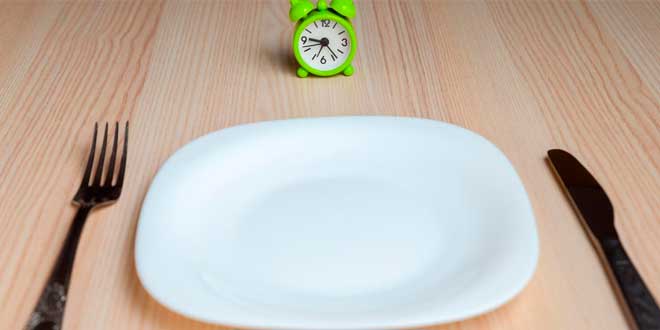
During the hours of fasting , we will be able to perform low intensity activities, such as walking or just being in motion … However, for people with a more sedentary profile, it might be much more feasible to use this method
Click here to learn everything about Intermittent Fasting
Workout and Calorie-Shifting
My The recommendation to implement this plan will be to combine weight training through a push-pull routine for 3 days , along with aerobic exercise , based on the combination of three types: LISS + MISS + HIIT .

In the planning the total days of training will be 5 (+2 of “active rest”)
How Many Calories To Consume?
The first fundamental step will be to know the daily calories. Knowing our metabolic or basal expenditure, it will be sufficient to add an activity factor. This will mainly vary depending on the rest of the daily activities throughout the day. In this way, if our work is sedentary, we bet on a more conservative value .
Producing Deficit
The value we get will be to maintain our weight . However, as we have already noted, we try to lose fat, so we must cause a calorie deficit. I prefer to produce a moderate deficit of around 20%.
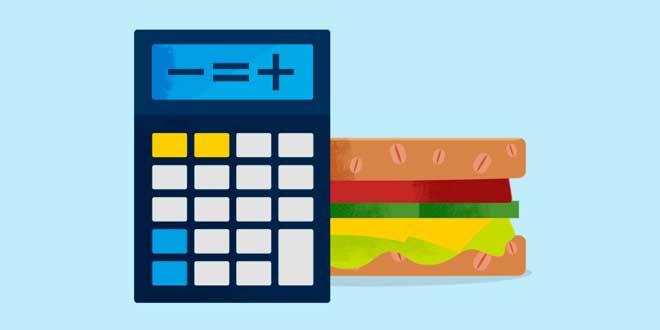
This deficit will not be linear during the week, but will vary depending on the day
How Many Proteins To Take?
The amount of protein varies depending on the activity, but for reference, a value between 1.8 – 2.5 g of protein per kg of body weight (without fat) , will not be in favor of the objective. My advice is to take an intermediate value, around 2.2 g .
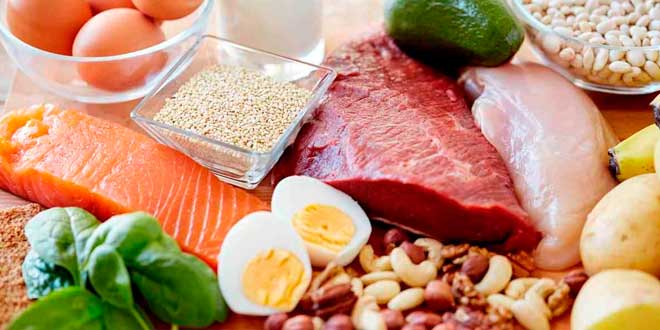
Foods richer in Protein
1 g of protein equals 4 kcal , the same for i carbohydrates and 9 kcal for each gram of fat
How Many Fat To Take?
How much fat do we need? For our strategy and for most diets, the normal thing and what usually works is not to reduce the intake of fat around 20-30% of total calories otherwise our machine will not be well fat (pun intended: P). I prefer to keep the higher value.
Fats, much talked about and bad molyo and bad, play a very important role important throughout this story, especially for proper hormonal function.
How Many-Carbohydrates To Take?
The amount of carbohydrates is obtained from the difference between the sum of the calories of protein + fat and the total calories . So, we will get for…
- High Groups (‘H’) … Maintenance Calories
- Average Days (‘M’) … Deficit
- Low Groups (‘L’) … Calories Basal
Distribution of Training-Days
| MONDAY | TUESDAY | WEDNESDAY | THURSDAY | FRIDAY | SATURDAY | SUNDAY |
| H | M | L | H | M | L | L |
| G | HIIT | LISS | G | G | LISS | MISS |
How to perform a LISS workout?
Let’s consider this day an active rest day, in which we will simply walk for about an hour and a half at brisk pace .
How to perform a MISS workout?
day will be of moderate intensity. I recommend doing a workout with a heart rate monitor, maximizing the. How to exercise choose for the rowing machine or bicycle , as the duration is approximately 45-60min.
How to perform a HIIT workout?
We will build on this training. In addition, you can also change your working hours: rest time.
Calorie-and-Macronutrient-Calculation Example
- My data are: weight 85kg, height 175cm, 33 years old, with a BF (body fat) above 10%, so my lean weight will be 76.5 kg.
- My maintenance calorie requirement will be: 2900 kcal per day and one week would be 20300 kcal. Applying the 20% deficit -> 16300 kcal / week.
- My amount of protein : 170 g
- My amount of fat : 75 g
- My amount of carbohydrates : 240 g
Calorie-Distribution Example
- 2 Days High (‘H’) … Calorie Maintenance (2900 kcal)
- 2 Medium Days (‘M’) … Deficit (2300 kcal)
- 3 Low Days (‘L’) … Basal Calories (1900 kcal)
In this way, our planning would be such that:
Distribution of training-days
| MONDAY | TUESDAY | WEDNESDAY | THURSDAY | FRIDAY | SATURDAY | SUNDAY CA |
| H | M | L | H | M | L | L |
| Routine Gym (Tiata) | HIIT | Gym Routine (Legs) | Gym Routine (Push) | LISS | MISS | LISS |
| 2900 kcals | 2300 kcals | 1900 kcals | 2900 kcals | 2300 kcals | 1900 kcals | 1900 kcals |


